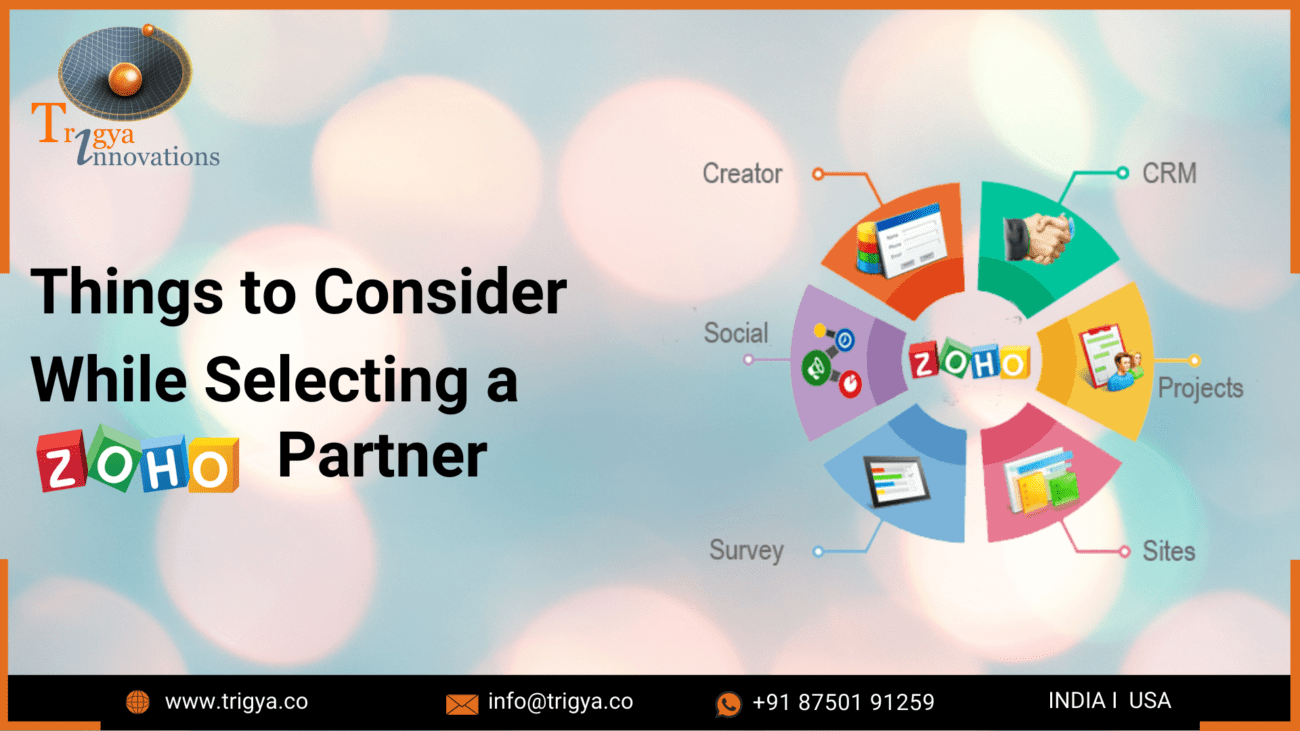Social networking is an important business for marketers. There is a vast pool of potential clients out there—you only need to find them, interact…

Social networking is an important business for marketers. There is a vast pool of potential clients out there—you only need to find them, interact with them, and, ideally, turn them into leads (and then customers). That objective will take diligent work with a well-thought-out plan to achieve. However, only 32% of B2B marketers have their social media strategy in writing, despite the fact that 80% of them actually have one.
Managing your social media doesn’t have to be a daunting process, although it may appear to be one. You can use a variety of social media tools to assist you with everything from developing social media material to tracking your efforts. You’ll get off to a great start if you combine your preferred tool with the tips in this article.
Keeping your content pipeline up to date
What’s the best approach to make sure you update each of your social media profiles frequently? Is it preferable to plan out all of your content in advance using a content calendar? Or should you block out time to create a fresh post every day or two? Both approaches have advantages and disadvantages, and like most things, the ideal course is one that lies somewhere in the middle. By planning your social media posts in advance, you can:
- Make sure you frequently post on a variety of sites.
- Organize and automate your social media activities.
- Amass more reliable data (because you’ll be posting on the same days and at the same times, therefore the content will mostly determine the difference).
The major drawback of scheduling your social media postings is that it makes it more difficult to react immediately. This can mean passing over a hot issue and the extra attention a well-timed tweet would have brought you. After a significant occurrence, you can neglect to alter your publication schedule, which could cause you to publish a post at an inappropriate time unintentionally.
Recommendation from us? Incorporate the 80/20 rule. Aim to write about 80% of your posts in advance, but give yourself some leeway to add any that are pertinent to the moment. The majority of social media management software allows for bulk scheduling, which makes it simple to plan posts months in advance.
At least once a week, examine your upcoming scheduled posts so you may delete those that haven’t held up well. And of course, if a significant national or international event occurs, check your scheduled posts as soon as possible and remove anything that can come out as insensitive.
Creating a social media schedule
Here are some pointers for beginners:
- Your publishing schedule should be adjusted to the network you are using. I will return to this shortly.
- Likewise, modify your tone to fit the network you’re using. There needs to be consistency—it doesn’t have to be a big change. But just as you’ll act differently on Twitter than on LinkedIn, you’d probably act differently at a work happy hour than in a meeting with investors.
- Maintaining consistency is important. Posting three times a week, every week is preferable to posting five times a day, then going two weeks without posting.
A single social media post often has a short shelf life (unless it receives a large amount of engagement). People who aren’t used to utilizing social media may be reluctant to post too frequently because they worry that doing so will make them seem aggressive or spammy. Remember that the majority of your followers also follow hundreds, possibly thousands, of other accounts. You must frequently publish enough to stand out and be seen in this social media sea.
Nevertheless, the quantity of suggested postings differs according to the network you’re using. We discussed broad guidelines to keep in mind based on networks in the previous chapter of this manual. Additionally, you may arrange your content according to when your followers are most active on a certain network by using tools like Zoho Social’s “Best time to post” report.
Recycling popular posts to fill your calendar
It’s allowed to reuse stuff you’ve already shared. To avoid appearing frantic, you should make sure to spread out those shares sufficiently. It won’t seem good if someone looks at your profile and sees that your previous ten postings are all the same.
You can reuse the same blog post repeatedly when posting on a higher-frequency channel (like Twitter) without anyone noticing (or complaining). While it’s ideal to create a new tweet each time to avoid repetition, it’s unlikely that most of your followers would read each one of those tweets due to Twitter’s rapid-fire nature.
Reusing your material is fine even on slower-paced networks like LinkedIn and Facebook; simply spread it out further. For instance, you may use a tool like Zoho Social’s Repeat function to schedule a particularly well-liked blog article to go up once a month or bimonthly.
Have a backup plan in place in case something goes wrong
Everyone makes errors. There will be a time when you make a dreaded social media faux pas, regardless of how carefully you plan your social media initiatives or educate your staff. However, this need not spell the end of the world. To find out more about how to deal with it, see this blog post.
Keeping track of social media activity
You cannot simply assume that your audience will find you, even though there are 2.72 billion individuals utilizing social media on a regular basis.
Only a tiny portion of those billions may be your clients or potential clients. What are your odds of finding, connecting with, and engaging them in the vast social media sea, even for that tiny fraction?
Yes, you’ve created fantastic content, used a calendar to plan various post types, and then published it to reach your audience. All of this provides you with an excellent head start on your social media marketing objectives, but you still need to work hard.
Next, what do you do?
Settle on the first row.
Let’s say you receive a Facebook “like” or a few comments. On Twitter, you have a follower. Nice! A potential consumer shares your advertisement, which is even better, but your rival responds with a potent message of their own. Drat! Currently, some of your clients are promoting your competitor by using a popular hashtag. Drat, again!
Wouldn’t you like to have a front-row seat to these exchanges so you can observe them and answer when the time is right? Using social media management tools, you can keep track of discussions that are important to your brand, whether they are being had with you directly or about you.
How to keep tabs on mentions on social media
Mentioning a brand on social media is the most straightforward and effective approach for customers to grab their attention. You’ll want to find out what your clients are saying about you, whether you’ve been referenced on social media (Hey @TrigyaInnovate, thanks for collaborating with us! ), included in a hashtag on Instagram (#HelloTrigyaInnovations), or had your brand name mentioned in a tweet. To keep track of updates across popular networks and categorize them by kind, audience, content, or other useful categories, utilize a social media management tool.
The benefit of organizing your updates using an SMM tool is that you can quickly identify various audiences who have expressed interest in your brand. This feature allows you to sort through potential consumers, current clients, and even influential people. You should pay attention to the following to stay informed about the conversation:
- References to your brand (both posts that actually tag your brand, and posts that mention your brand name, whether they tag you or not)
- Hashtags and terms that are relevant to your business and products
- whatever hashtags you’ve developed or are presently utilizing for marketing initiatives, events, etc.
- Mentions of your rivals and their names, brands, and products, to monitor public opinion against them.
You may make Twitter lists of your customers when you communicate with them via email, CRM, and other channels. In this manner, you can monitor the social activity of each of your leads from a single feed. Regularly checking that feed may be a very educational activity in marketing and gaining insight from your audience. You may actually see their day-to-day feelings, ideas, and deeds, which serves as priceless motivation the next time you’re revising your sales text or creating a marketing campaign.
Keep your friends close and your competitors closer
Monitoring social media doesn’t necessarily focus on what people are saying about your brand. You must also be aware of what your rivals are doing and what the public is saying about them if you want to dominate your market. For instance, you might keep an eye out for any mentions of a rival so you can see what customers are saying about them. This makes it simple for you to identify their shortcomings and make the necessary improvements to your own social media marketing, strategy, and products.
If you don’t keep up with your rivals’ social media activity, you could simply fall behind. However, if you pay attention, they might occasionally provide you with the opportunity you need to take the initiative. Being able to monitor social media conversations in real-time and respond quickly can give you an advantage over your rivals.
Addressing problems in social media
Engagement on social media is not always as simple as we’d like. People will contact you via their preferred social media channel when they have inquiries or grievances since it’s quick and convenient. Real-time interaction with them is crucial. If not, you can find yourself in a precarious situation like Amtrak, which answered a customer’s emergency tweet seven months later than it should have:

Being as genuine as you can once you’ve nailed your timing is the best approach to keep prospects interested. A brief, human-touched answer can go a long way toward establishing the trustworthiness of your business.
Work together with your respective support and product teams to make sure you have the knowledge necessary to respond to people that contact you. Create a separate team with this as its exclusive focus if you have the resources to do so. Make it a regular part of your day; set aside 15 minutes specifically for this. Because it might reflect poorly on your brand if questions and comments are not promptly answered.
Delivering a remarkable social Experience
Many inexperienced marketers view social media as a marketplace where you submit content and the public responds. On some level, that is accurate, but you may also consider your social media strategy in terms of designing and managing a social media experience for your followers.
Focusing on how your followers are affected by your efforts will help you see social media as more than just stuff you post on the feed. In what ways do you interact with users on social media? When people access your profile, what do they see? What brand impression do you convey? What actions do they take after they find you? All of these questions won’t always have an obvious solution, but if you keep pushing yourself to have a deeper understanding of your followers, you’ll be able to run campaigns that are smarter and more intelligent.
This may seem daunting at first, but you’ll soon get the hang of it. Additionally, once you start keeping an eye on mentions and conversations, you’ll have lots of chances to interact with fresh leads and convert them into leads and customers.
Still, have queries? Connect with Trigya Innovations for Zoho Consulting Services and get a full demonstration of Zoho Social now.















Your zeal is infectious, making it difficult not to be excited by the topics you discuss.